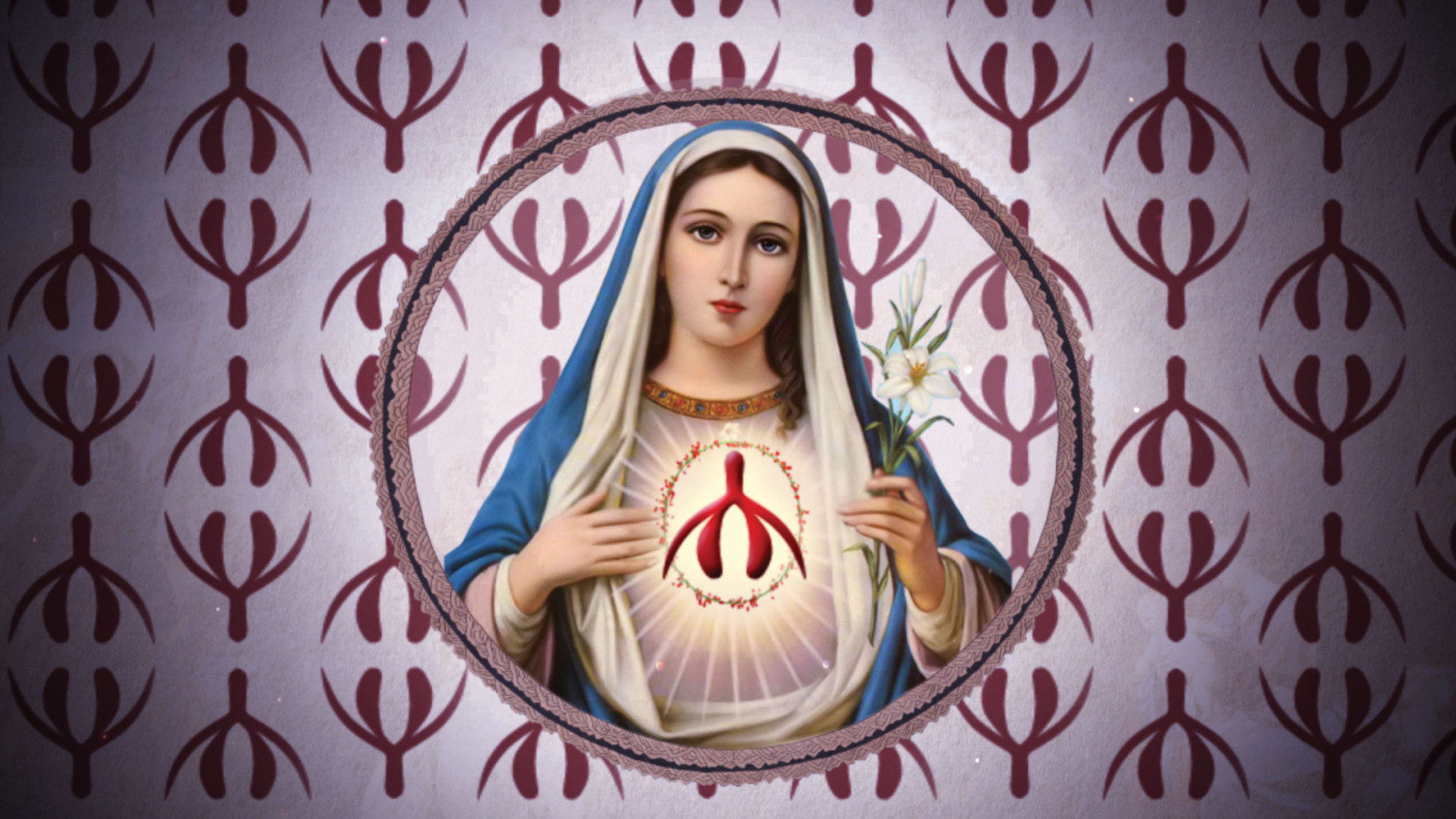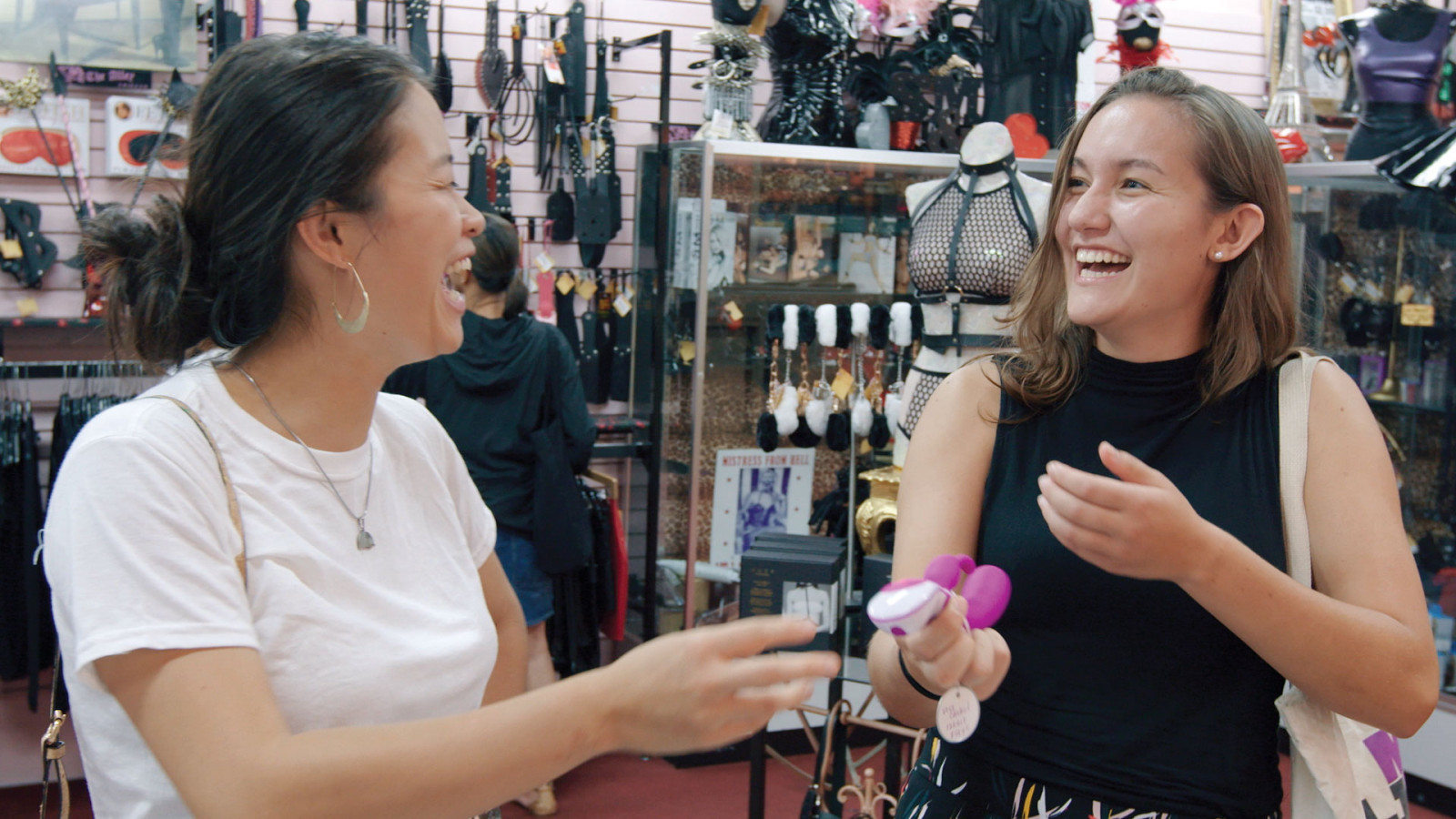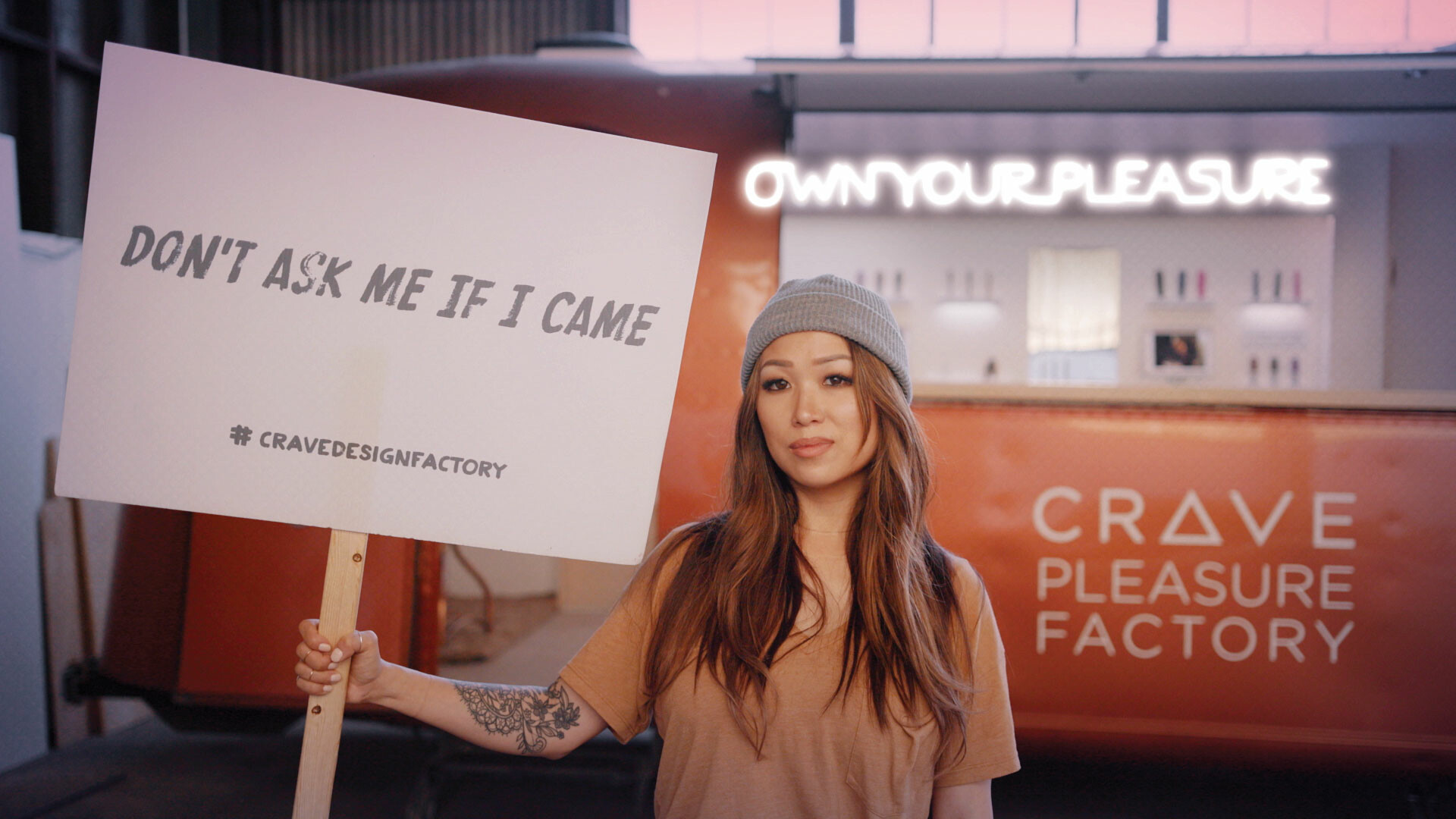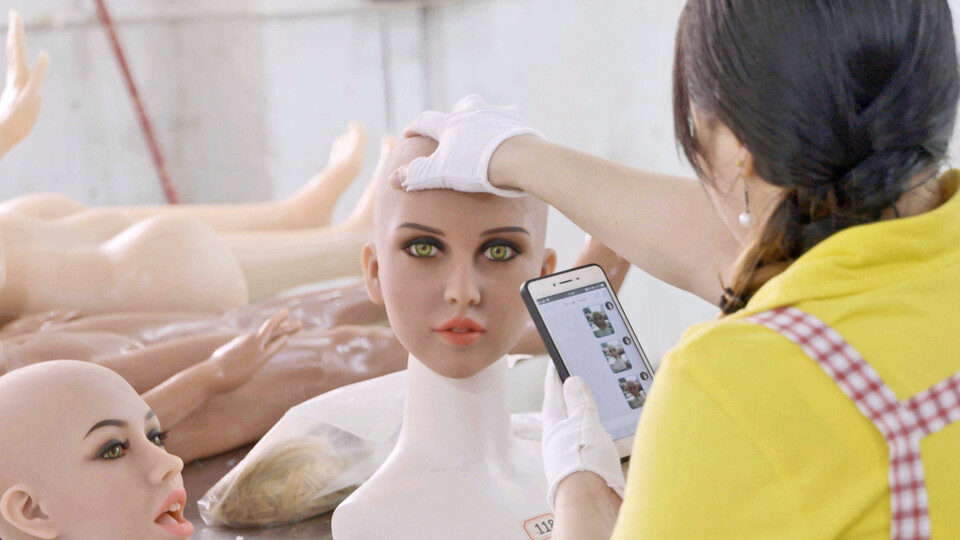Alternative sex education
What all do we know and not know about female sexuality? And how is it connected with the patriarchy? The striking documentary The Dilemma of Desire, which had its Czech premiere at the Ji.Hlava International Documentary Film Festival in 2020, poses these questions and more.
Although in recent years strong and distinctive female protagonists have appeared more frequently in popular culture, some aspects of femininity – for example, female sexuality – remain taboo in the mainstream. American documentary filmmaker Maria Finitzo attempts to break this taboo in what is already her tenth film, The Dilemma of Desire.
As a part of the Ji.Hlava International Documentary Film Festival, which took place entirely online this year, the film was screened in the competition section Testimonies, which presents documentaries with unusual perspectives on the world around us. In this case, the film assembles a mosaic out of the experiences of nine women with different professions, ages, creeds, ethnicities, and gender identities who, for various reasons, feel that they cannot fully express their femininity and sexuality. These women can be divided into three categories.
The first category comprises women who explore sexuality on a scientific level – Dr. Stacey Dutton studies the biology of the clitoris, and Dr. Lisa Diamond addresses female sexuality from the perspective of psychology and gender studies. The second group is made up of women who express their femininity through art – in particular conceptual artist Sophia Wallace, poet Becca, activist Coriama, and emerging stand-up comic Sunny. In the last group, we find women who, in the eyes of the mainstream public, operate in a sort of moral grey area – stripper Jasmine and vibrator designer Ti Chang.
All of these women speak in turn about the oppression they face in their everyday lives, whether because of their jobs, the focus of their work, or the strict and inherently misogynistic religious traditions of the communities in which they live. Although their injustices vary in nature and form, the constantly recurring leitmotif of the clitoris, which takes on a more symbolic form over the course of the film, encapsulates and names the cause and source of their suffering – the rigid and unchanging patriarchal system. Here, the clitoris accompanies the women speaking to the camera as a symbol of female sexuality and as an organ whose primary function is female pleasure, even though most people refuse to speak about it openly or are squeamish about even uttering the word. It’s lack of description in modern anatomy textbooks and the fact that the vast majority of people don’t even know what the organ actually looks like gives it an enigmatic, even mythical, air.

Are we cliterate?
Conceptual artist Sophia Wallace, whose concept of cliteracy was the main impetus for director Maria Finitzo to make the film, comes with the so-called 100 Laws of Cliteracy – simple slogans that carry throughout the film like a mantra. Some are simply humorous wordplay (The Hole is not the Whole), while others are interesting facts about the female body and pleasure (the actual size of the clitoris or the average duration of female masturbation). While playful and mischievous, the laws are often also thought-provoking, but above all, they are intended to elicit a more open and positive approach to sexuality among women, as described in Law #29: Every body has the right to as much pleasure as it is capable of achieving. Wallace thus regards sexuality as something mythical, if not downright sacred. This religious perception is reinforced not only by the filmmaker herself, who removes the inscriptions from sacred buildings using special effects and replaces them with the individual laws of cliteracy, but also by Wallace, who works explicitly with the clitoris as a symbol deserving of almost religious reverence. In fact, it is she who in the final third of the film flies to Mexico, where she transforms a gallery space into a kind of chapel or temple devoted to that female organ so that it can be worshipped as she believes it rightfully deserves.
For roughly two thirds of the film, we watch the women speak in the style of talking heads about different forms of femininity that connect more or less to sexuality and the way women know their bodies. Some explore it from a purely anatomical point of view, while others deal with it from the perspective of psychology and sexology. Still others use art to express their femininity and sexuality, such as the young poet Becca, who distributes her intimate verses on the bus line where she bore witness to an acrimonious fight between partners as a gesture of solidarity with (not only) that specific woman. Another woman, Jasmine, on the other hand treats her body as a means of subsistence, which is something mainstream society looks down on while paradoxically encouraging women to reduce themselves to objects of desire. Each woman’s experiences thus reflect not only the difficulties women have to face in their professional lives – such as the highly misogynistic environment of economics and management, from which Sunny seeks an escape through stand-up comedy – but also in the private sphere, for example in the form of arranged marriages. In the final third of the film, it shifts toward a more aggressive appeal, warning about the growing hatred in society toward both women and queer individuals and highlighting sexual violence perpetrated against women. Last but not least, the film shows the results of the 2016 US presidential election. It sees Trump as the embodiment of the patriarchy – a man who not only trivializes many of these issues but often engages in them as well through his words and actions.

A striking view of intimacy
It is, however, not possible to delve deeper into the issues facing all nine of the protagonists in the space of two hours, so everything plays out in a very superficial and allusive manner. The film thus manages to include a wide range of issues – from accepting one’s own sexuality, to medical research of the clitoris, to sexual harassment, and even the more general concept of feminist values – but nothing is granted enough space to provide significant insight into the issues at hand. Rather than probing into specific social phenomena, the documentary highlights the outdated thinking regarding women and their sexuality in a society that put a man on the moon nearly 30 years before the clitoris was ever extracted from the female body to be studied. Then, when discussing the issue of sexual assault, the entire topic is condensed into a several-minute-long sequence wringing emotions with dramatic music, the overlapping voiceovers of victims, and catastrophic (but not false) statistics. Even with this short sequence, the film manages to evoke strong emotions; however, the question is to what extent the film is pandering in these key passages and how convincing it can be, given its shallowness.
However, despite a certain dramaturgical inconsistency, the individual testimonies are striking and powerful. Although the speakers raise sensitive and intimate issues, through which the film attempts to dispel widespread myths, everyone in the documentary speaks completely openly and without exaggeration, because they have no reason to do otherwise. For some of them, the (often literally) naked sincerity is not only an expression of strength, individuality, and integrity but also a show of resistance – resistance against the distorted perceptions and double standards that society employs when it speaks of men as sexual beings while reducing women to sexual objects that can satisfy men’s needs but have no claim to their own desires and gratification.
Thus, The Dilemma of Desire is a film with great ambitions, which wants its message to reach anyone willing to listen. And because it comes at a time when even mainstream romantic comedies are being infiltrated by strong heroines who are proud of their sexuality, such as Emily Cooper in the recent Netflix hit Emily in Paris, the film has the power to help ensure that in the future, similar self-confidence won’t be limited to heroines in silly comedies.
Translated from English by Brian D. Vondrak
---
This article is a result of the project Media and documentary 2.0, supported by EEA and Norway Grants 2014–2021.




